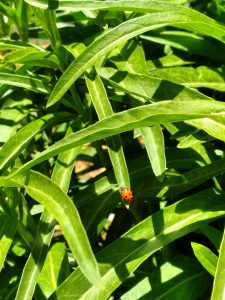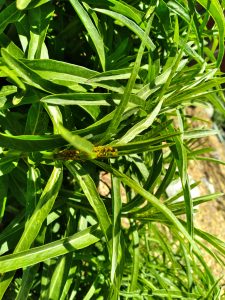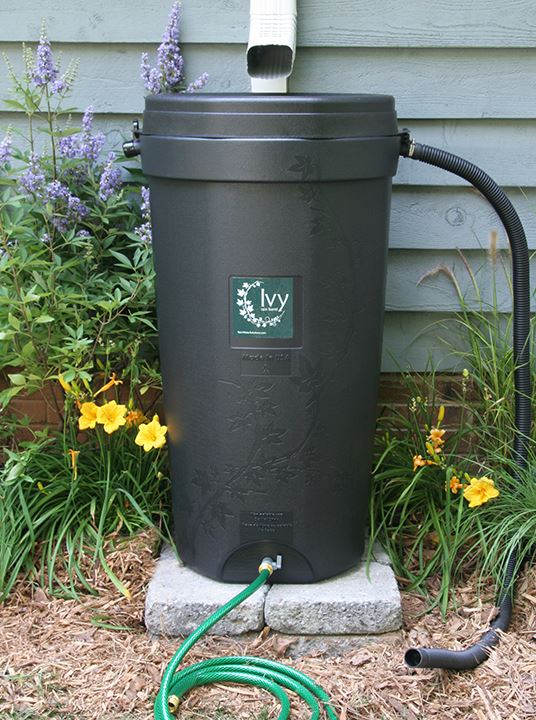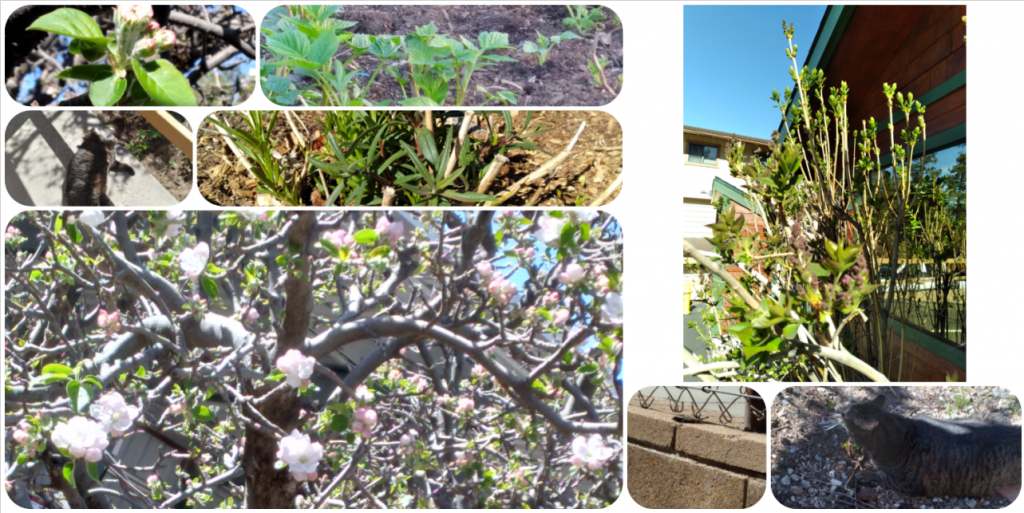Posted by admin on May 21, 2021
We are blessed in Pine Cove with the best, cleanest water around. All thanks to the Water District’s diligent monthly testing, filtration system with ( 2 ) aeration plants, and good management and infrastructure.
But what about other places?
I recently read a short article about a young girl who has activism in her blood and her effect on others to help with the Flint, Michigan water issue and beyond.
The article is laid out well and I encourage you to read it. Maybe it will encourage you or someone near you to help where help is needed.
Read the story here
Most people thought I was an 11 year old with a simple science fair idea, but if I could get this to work I could help so many residents of Flint.
~Gitanjali Rao
Another 11 year old who won the Little Miss Flint pageant in 2015, she used her title to initiate a dialogue between Flint’s children and the police.
I am one of the children affected by this water, and I’ve been doing my best to march in protest and to speak out for all the kids that live here in Flint.
~Mari Copeny
Three young engineers, dubbed S3 Trio, began looking for long-term solutions to create a water filter that you can see working.
With Little Miss Flint giving voice to the voiceless, the S3 Trio was likewise inspired to set an example by pitching in.
Combined with Entrepreneur Doll Avant, these women are making strides towards cleaner water.
We should treat it the same way we treat money. Money is a limited valuable asset, so you have all these sophisticated tools around managing it. We need the same sophisticated tool set around managing water.
~Doll Avant
Avant started a company to create the world’s largest water database with the intent to give consumers useful direction should they discover compromised water.
If you’re between the ages of 13 and 18 and have an idea for how you can solve a problem in your community using science, technology, engineering, or math, submit your idea to Google Science Fair here.







